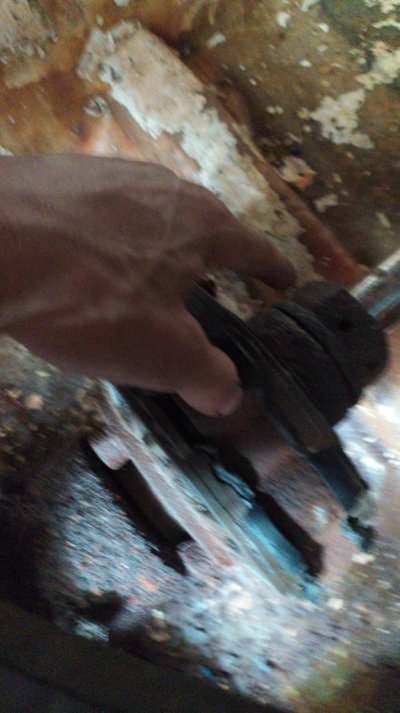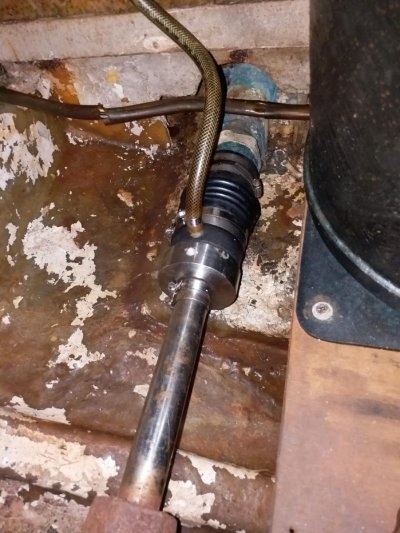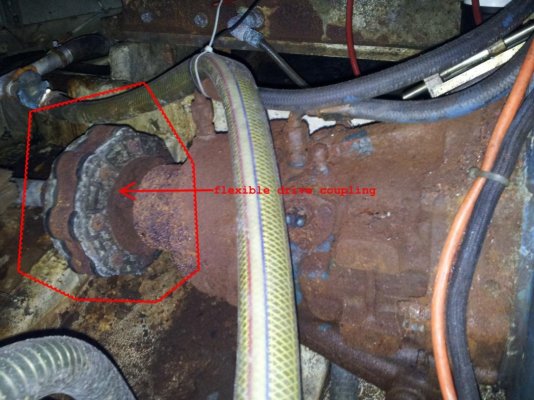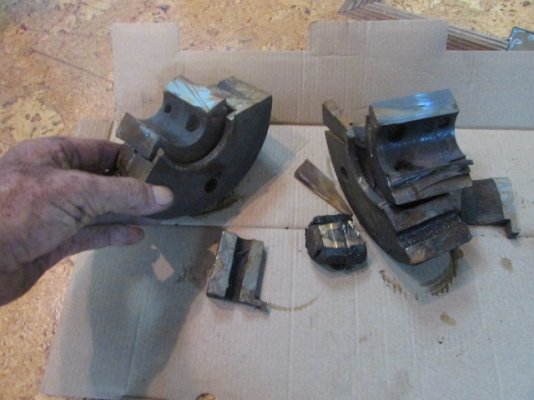kp cheung
Member
Discovered my shaft leaking a while back, I've been holding off on repairs for a while and just let it leak in. Put a toll on the bilge pump and is definitely worsening. My problem comes when I attempt to remove the shaft to slide the shaft seal out: I can't seem to remove the nut holding the shaft to the flexible drive coupler (pictures below). Would the thread on this nut be clockwise? The shaft doesn't turn while I'm (attempting) to loosen it...not sure at all.
Picture 1 is a bit blurry but its the only straight on picture of the nut. The nut is at the bottom of picture 2 (the shaft seal is at the top). Picture 3 shows the flexible drive coupler, which the nut is behind
Any help would be appreciated, much thanks
Picture 1 is a bit blurry but its the only straight on picture of the nut. The nut is at the bottom of picture 2 (the shaft seal is at the top). Picture 3 shows the flexible drive coupler, which the nut is behind
Any help would be appreciated, much thanks




